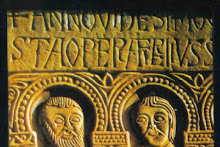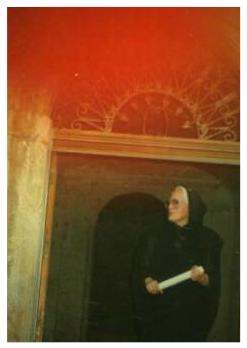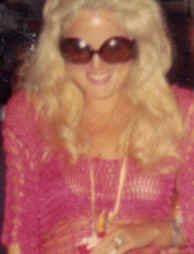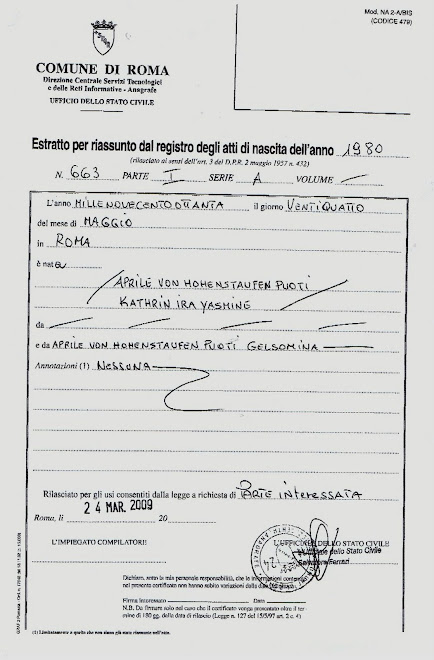View items related to this story
PAIN IN PLEASANTVILLE FOR READER'S DIGEST
The publisher's scary story: Lower profits, fewer readers
Reader's Digest Association Inc.'s legendary founder, DeWitt Wallace, condemned big profits. Rather than adding to his company's coffers, he preferred showering workers with Thanksgiving turkeys, shortened summer days, and surprise raises. Millions of dollars went to charities. ''The dead carry to their graves,'' he once said, ''only that which they've given away.'' Today, Wallace's antiprofit doctrine is being resurrected at Reader's Digest--but it isn't quite what he had in mind.
Operating earnings at the once-flush publisher have fallen for four straight years, from $393.7 million in fiscal 1994 to an expected $251.7 million before restructuring charges in fiscal 1997 on $2.9 billion in estimated sales. The staff has been cut by 20%, to 6,000. The company's market value has been halved during a bull market. The slide is slashing the budgets of the two nonprofit funds that control most of Reader's Digest's voting stock. Even CEO James P. Schadt, 58, may lose his $600,000 bonus, along with his taste for interviews. He refused repeated requests for comment. ''It's a disaster,'' says Marion Kessler, a portfolio manager at Crabbe-Huson Group Inc., an institutional owner of 1.5 million shares. ''Reader's Digest is one of the greatest franchises in the world and it's being run into the ground.''
''MORIBUND.'' Seventy-five years after Wallace and his wife, Lila, started Reader's Digest with $600 in cash, the king of condensed books is struggling to mail out its feel-good messages profitably. Its flagship magazine is still the most popular publication on the planet, but aging readers and intense competition mean Reader's Digest must add 5 million new readers annually just to maintain its circulation of 27.5 million. It's ''a case of diminished geriatric returns,'' says Ivan Obolensky of Shields & Co. ''This is a moribund company.''
For most of its history, Reader's Digest was a prosperous private company. So investors eagerly snapped up an offering of nonvoting shares in 1990, as former CEO George V. Grune built on the world-famous brand, targeting magazine readers with offers for specialty magazines, books, audiocassettes, and videos, using sweepstakes as a lure. Although the magazine only accounted for about 25% of the company's revenues, it was used as a ''front door'' to the books-and-entertainment unit, which pulled in the bulk of sales and profits.
At first, it worked. From 1990 to 1993, operating earnings shot from $240 million to $352.7 million, while revenues went from $2 billion to $2.9 billion. But customers soon complained of being bombarded with junk mail and grew tired of not winning the sweepstakes. In 1994, sales fell to $2.8 billion. In early 1994, Grune and then-Chief Operating Officer Schadt--who would take the top job in August--announced a fix-it plan. To win back disgruntled customers, they cut mailings, sweepstakes, and prices, and they beefed up customer service. They also slashed jobs.
But they still needed new readers. So the duo took a longer-term view. That included pushing into one untapped market a year, buying magazines that appealed to a younger crowd, and signing joint ventures with the likes of Avon, Microsoft, and Meredith, publisher of Ladies Home Journal. Avon would sell magazines with makeup, Meredith would add younger readers, and Microsoft would create CD-ROMs on everything from home improvement to gardening.
So far, the new strategies have had little effect. In two years, almost every unit--from magazines in Asia to music in Europe--has seen sales fall. What went wrong? In public statements, the company blamed outside forces--rising newsprint prices, for example, and weak economies in Europe, where it derives 45% of its revenues. Analysts and investors say Reader's Digest didn't adapt to a changing world, hasn't exploited its vast database--one of the world's best, with information on 100 million people--and that its premise of selling books by mail is outdated. Complicating matters was a wave of more than two dozen senior-level departures coinciding with Schadt's rise to power. ''It became impossible to execute the plan without all these people,'' says a former exec.
MORALE CRISIS. The most devastating loss, say investors and ex-employees, was that of Ken Gordon, who had built the company's European operations and was considered a CEO candidate. Although he was named COO in 1995 and named to the company's board, he suddenly retired in June, 1996, at age 59. People who worked with Gordon and Schadt say they were bitterly divided over how to carry out the strategy. Gordon says simply: ''The company is going through a major change, and it's much more difficult than anybody anticipated.''
Morale went through the floor. Not only were top executives leaving but the company was also losing some of its best midlevel workers to a voluntary early-retirement plan. Those remaining began working longer and losing perks, like the bus ride to their headquarters in the posh Westchester community of Chappaqua, N.Y. (The company uses the neighboring town of Pleasantville for its official address.) ''It was such a generous place to work,'' says Kessler. ''Now it's like the rest of the world.''
Although investors have been hit hard by the troubles, their lack of voting shares means it's hard to press for change. After Wallace's death, he left 71% of the company's voting rights to two charities, the DeWitt Wallace Reader's Digest Fund and the Lila Wallace Reader's Digest Fund. Most of the rest is held by an employee stock ownership plan and former executives.
It's a tight-knit group. Many of the funds' board members also sit on the company board, including the funds' President M. Christine DeVita, Reader's Digest's general counsel Melvin R. Laird, and Chase Manhattan Bank CEO Walter V. Shipley. Ex-CEO Grune has chaired the funds' board since 1984. ''This is the coziest relationship between a corporation and its investors I've ever seen,'' says Bob Monks of LENS, an activist investor fund. ''It will make it impossible for the company to turn around.'' The company says these relationships have been fully disclosed. Board members wouldn't comment on the structures.
The setup has kept Monks and other shareholder activists at bay. ''I examined investing, but came to the conclusion that there's nothing we can do,'' he says. Michael Price, chief executive of Franklin Mutual Fund Advisors, agrees. He was the prime suspect when the volume of Reader's Digest shares skyrocketed in May, but he says he was golfing that day and has no interest. ''It's being run poorly,'' he says, ''and there's nothing anybody but the funds and the board can do.''
HOT LIST. Some on Wall Street think the company's slide is beginning to erode the solidarity between the board and the funds. The falling stock has reduced the assets of the funds from $1.2 billion in 1995 to $906 million last year, forcing them to reduce their giving and to search for new money. ''My sense is there's a lot of heat building behind the scenes,'' says analyst Doug Arthur of Morgan Stanley Dean Witter Co. With only $150 million in cash left, down from $800 million three years ago, investors say the juicy $180 million annual dividend--of which the fund gets 22%--is in jeopardy and could be cut in a mid-July meeting. But that could tank the stock. Says Obolensky: ''The only thing that props up the stock is the dividend.''
Schadt is asking for patience once again. In April, he announced that he would invest up to $400 million in nonmail marketing such as catalogs, television, the Internet, and door-to-door sales, and lower prices further. Reader's Digest will expand further overseas and buy more magazines. The result, he vows, will be high-single-digit sales growth and operating profit growth of about 10%--eventually. ''We're managing for long-term growth, not short-term profits,'' says director William J. White, chairman of Bell & Howell Co.
Shareholders are skeptical. The stock plunged 11% after the announcement, and Kessler of Crabbe Huson called a top Reader's Digest exec. ''I said, 'What makes you think you're not throwing good money after bad?''' The stock now trades at about 28 3/4, down 29% from last January's high of 40 1/2. But not everybody has lost faith. There are the mystery investors, not to mention some execs who are buying stock. If all else fails, there's always the multimillion-dollar art collection and the vaunted database, which, says analyst Peter Appert of Alex. Brown & Sons, ''would be priceless to everyone from Rupert Murdoch to Bill Gates.'' Along with vanishing profits, these, ironically, are about the only remnants the Wallaces left behind.
By I. Jeanne Dugan in New York
--------------------------------------------------------------------------------
RELATED ITEMS
CHART: Reader's Digest's Sagging Earnings...Have Investors in Search of a New Story
--------------------------------------------------------------------------------
Updated July 4, 1997 by bwwebmaster
Copyright 1997, by The McGraw-Hill Companies Inc. All rights reserved.
Terms of Use
Iscriviti a:
Commenti sul post (Atom)






.jpg)























Nessun commento:
Posta un commento